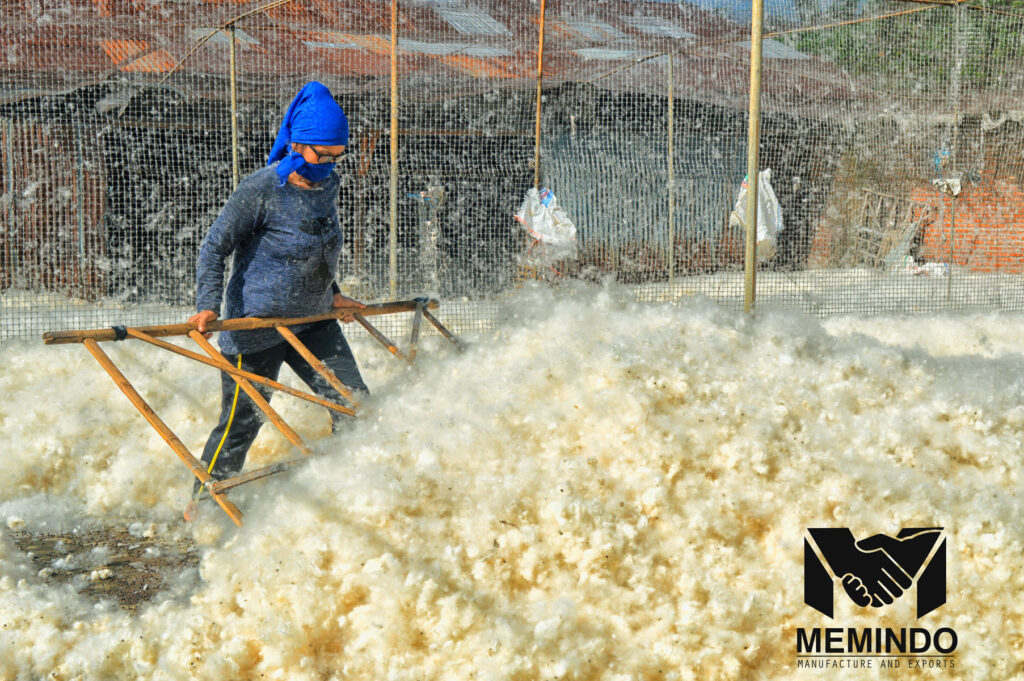Kapok Fiber: The Unsung Hero of Sustainable Innovation
As the world shifts towards greener alternatives, kapok fiber is stepping into the spotlight as an often-overlooked material with remarkable properties. Sourced from the kapok tree (Ceiba pentandra), this natural fiber offers a unique combination of environmental benefits and versatility, making it a compelling option for the eco-conscious consumer.
The Origins of Kapok Fiber
Kapok fiber has its roots in tropical regions, where the towering kapok tree thrives. Traditionally harvested by local communities, the fiber is collected from the fluffy seed pods that adorn the tree. For centuries, it has been utilized in various applications, but only recently has it gained traction in modern markets.

Why Kapok Fiber Matters
- Sustainability at Its Core: Kapok trees require minimal resources to grow, thriving in diverse climates without the need for harmful pesticides or fertilizers. This makes kapok a truly sustainable choice in a world that often relies on resource-intensive materials.
- Natural Resilience: One of the standout features of kapok fiber is its buoyancy and water-resistant qualities. This makes it an ideal material for products that need to withstand moisture, like outdoor gear and marine applications.
- Thermal Regulation: Kapok fibers have excellent insulating properties, making them not only lightweight but also capable of regulating temperature. This attribute is invaluable in clothing, bedding, and outdoor gear, providing comfort in varying conditions.
- Allergy-Friendly: Kapok’s natural composition resists allergens such as dust mites and mold, providing a healthier option for sensitive individuals. This feature is particularly appealing for bedding manufacturers looking to offer hypoallergenic products.
Diverse Applications of Kapok Fiber
- Eco-Friendly Textiles: Fashion designers are increasingly turning to kapok fiber for sustainable clothing lines. Its soft texture and natural origin make it a perfect candidate for everything from shirts to shoes.
- Home and Lifestyle Products: The interior design industry is embracing kapok for its filling in cushions, mattresses, and pillows. With its comfort and sustainability, it appeals to homeowners who prioritize both aesthetics and environmental impact.
- Innovative Packaging Solutions: As companies search for biodegradable alternatives to plastic, kapok fiber is being explored for packaging applications. Its lightweight and protective qualities make it a promising candidate for eco-friendly packaging solutions.
Overcoming Challenges
While kapok fiber presents a myriad of benefits, challenges remain in terms of scaling production and raising awareness. Limited availability and lack of familiarity can hinder broader acceptance. However, increased collaboration among manufacturers, environmental organizations, and researchers could help address these obstacles.
A Vision for the Future
As consumers become more aware of their purchasing choices, materials like kapok are set to play a crucial role in shaping a sustainable future. By embracing kapok fiber, we can reduce our reliance on synthetic materials, paving the way for a more responsible approach to consumption.
In essence, kapok fiber is not just a material; it embodies a philosophy of sustainability and innovation. As we explore the potential of this remarkable fiber, it becomes clear that nature holds many solutions to the challenges we face today. The future of kapok fiber is bright, and its journey from the forest to our lives is just beginning.

